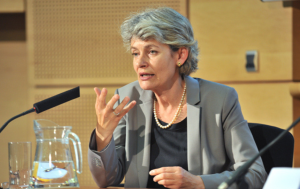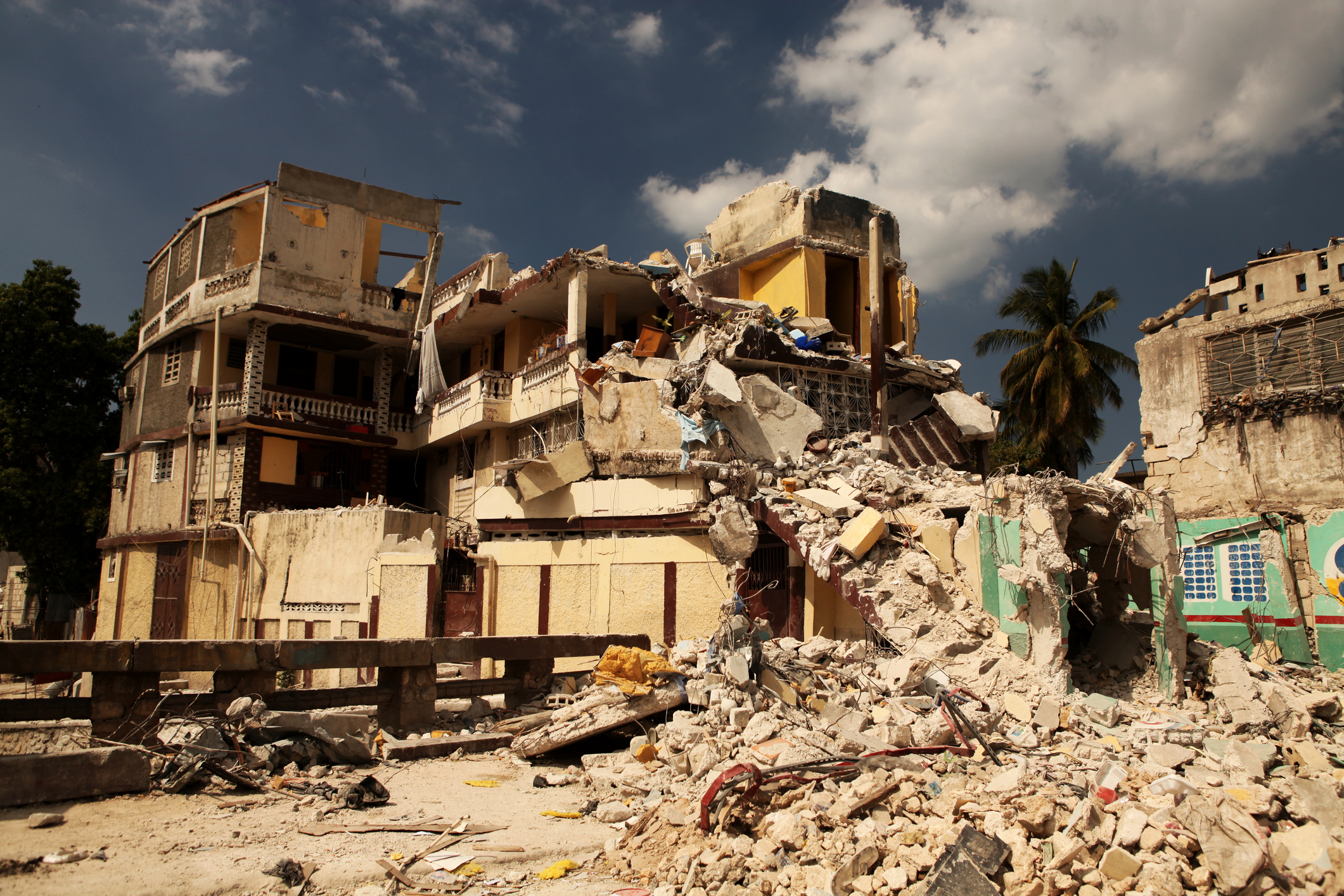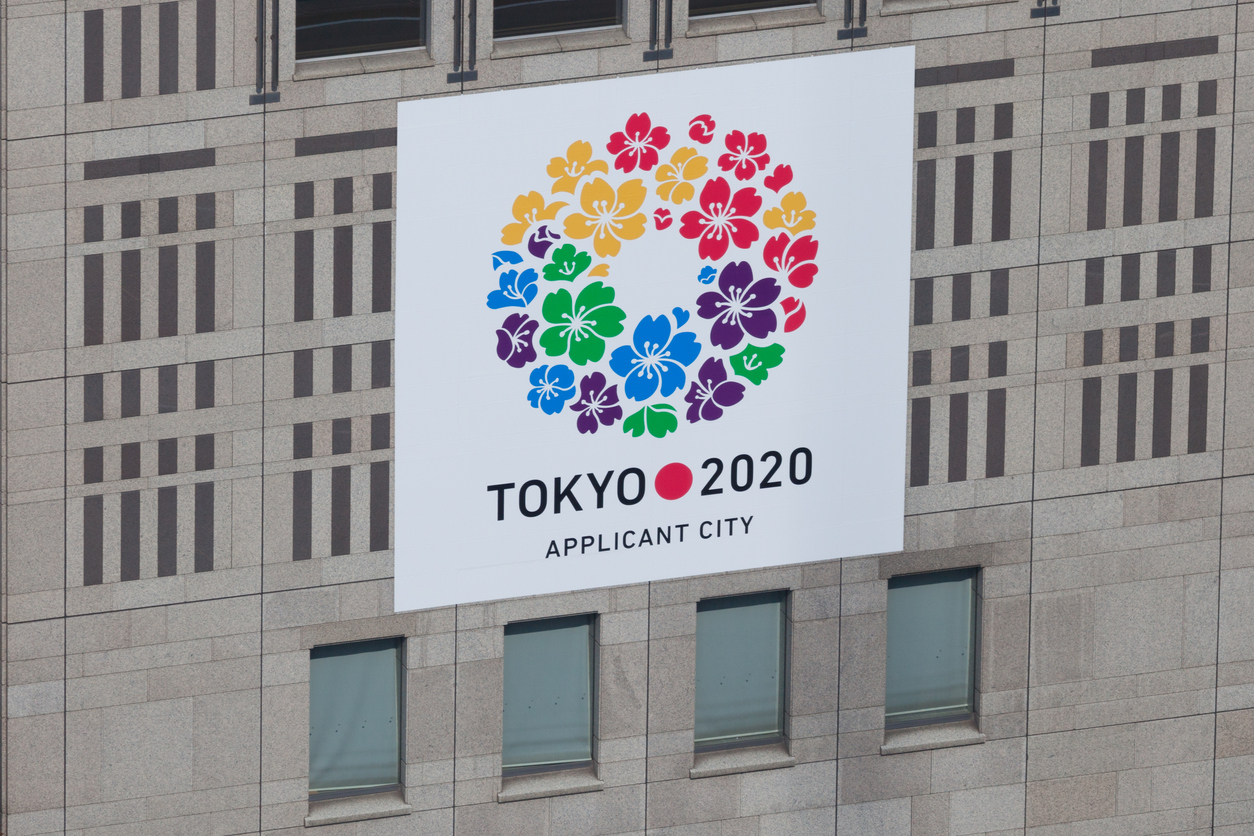Global Crises to Inner Calm: How Meditation Could Be the Reset Button We All Need
Meditation isn’t a magic cure-all, nor will World Meditation Day single-handedly solve humanity’s endless crises. But it is something—a spark, a beginning, a moment to collectively breathe before we plunge back into the chaos.
The United Nations General Assembly, in what might seem like an unusually reflective move for an institution that often thrives on paperwork and diplomacy, has designated December 21st as World Meditation Day.
Yes, you heard right—a day for all of humanity to sit down, shut up, and recalibrate.
This isn’t just another feel-good initiative. It’s backed by heavyweights: the Europe-Asia Center, the Shaolin Temple, and UNITAR. Together, they’ve identified something deceptively simple—meditation—as a potential key to unlocking solutions to some of our most pressing global issues: mental health crises, social disconnection, and environmental decline.
You might wonder why the UN—a body we associate with climate summits and trade agreements—is suddenly championing something as introspective as meditation. But let’s not forget: this is an age where stress and burnout are as contagious as the common cold.
Over a billion people are battling mental health issues globally, with anxiety and depression leading the charge. Meanwhile, loneliness has reached public health emergency status. Yes, loneliness. We’ve mastered Zoom but lost the art of being together.
Meditation isn’t just an ancient relic dusted off for modern sensibilities. Science backs it. Neuroscientists love it. Regular meditation lowers stress, sharpens focus, and fosters emotional resilience. It rewires the brain, enhancing empathy and self-regulation—traits that, let’s face it, are in short supply.
Why December 21st? The symbolism is rich. It’s the winter solstice—the darkest day of the year, a time for reflection and renewal. Across cultures, the solstice has always marked a moment of transition. The darkest night gives way to the return of light. If there’s ever been a metaphor for our times, this is it.
As Shi Yongxin, the Abbot of the Shaolin Temple, puts it:
“The solstice represents balance, the interplay of yin and yang, and the eternal rhythm of nature. Within the darkest night lies the promise of light.”
The irony of our digital age is stark: we’re hyper-connected but emotionally adrift. Meditation transcends borders, religions, and ideologies. Whether you’re sitting in a Zen temple or on a noisy commuter train, mindfulness bridges the gap between the chaos outside and the calm within.
And let’s talk about the climate crisis. What’s driving it, if not unchecked consumption and an alarming lack of mindfulness? Meditation fosters awareness—a simple pause that can lead to profound shifts in behavior. Mindful individuals are more likely to make sustainable choices, from reducing waste to rethinking energy use.
To mark this inaugural World Meditation Day, the Shaolin Temple—a place synonymous with Zen and balance—is hosting the Shaolin International Course in May 2025. This isn’t your typical retreat. It’s part boot camp, part philosophy crash course, and entirely transformative.
Participants will learn Zen principles, Shaolin Kung Fu (yes, actual Kung Fu), and sustainable living practices. It’s about merging the ancient with the modern, proving that wisdom from centuries past can still solve today’s problems.Meditation isn’t just about sitting cross-legged and chanting. It’s a tool—a mirror, as Shi Yongxin puts it:“Meditation allows us to see ourselves clearly, not as isolated individuals but as part of a greater whole. From this clarity comes compassion, and from compassion, the courage to act.”
And act we must. On December 21st, the world is invited to pause, reflect, and take stock. The UN’s message is clear: in a world drowning in noise, stillness is revolutionary. And perhaps, just perhaps, it’s the first step toward a future we can all share.






